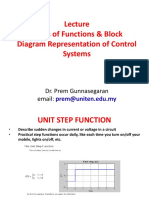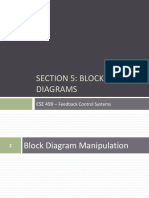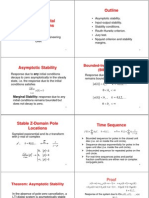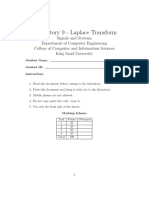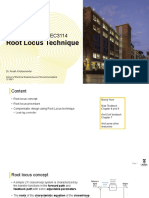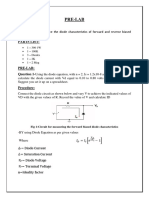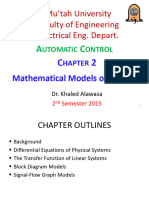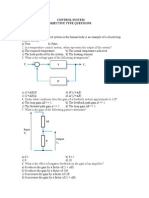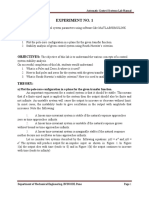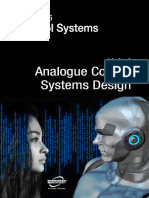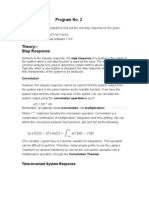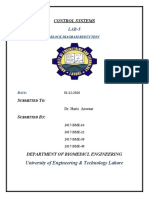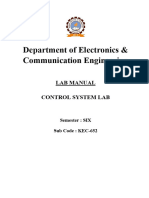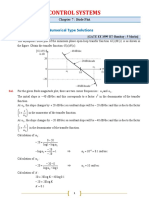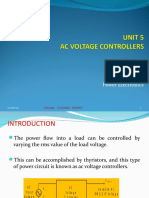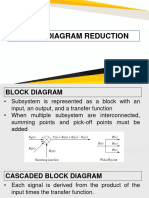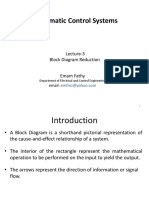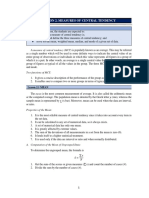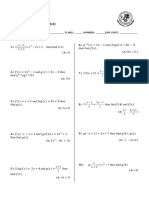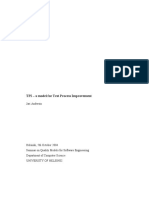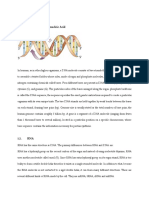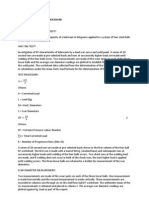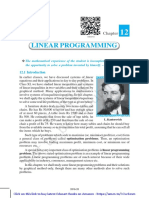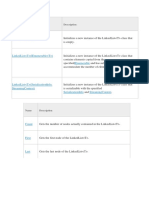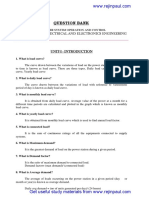0% found this document useful (0 votes)
485 views28 pagesReduction of Multiple Subsystems
This document discusses how to reduce block diagrams of multiple subsystems into a single transfer function from input to output. It provides examples of reducing block diagrams by collapsing summing junctions, forming equivalent cascaded and parallel systems, and moving blocks. Rules are given for manipulating block diagrams through algebraic operations while maintaining equivalence. The relationships between open-loop and closed-loop transfer functions are also examined for feedback systems. Finally, the document introduces signal-flow graphs as an alternative representation to block diagrams.
Uploaded by
Dian Riana MustafaCopyright
© © All Rights Reserved
We take content rights seriously. If you suspect this is your content, claim it here.
Available Formats
Download as PDF, TXT or read online on Scribd
0% found this document useful (0 votes)
485 views28 pagesReduction of Multiple Subsystems
This document discusses how to reduce block diagrams of multiple subsystems into a single transfer function from input to output. It provides examples of reducing block diagrams by collapsing summing junctions, forming equivalent cascaded and parallel systems, and moving blocks. Rules are given for manipulating block diagrams through algebraic operations while maintaining equivalence. The relationships between open-loop and closed-loop transfer functions are also examined for feedback systems. Finally, the document introduces signal-flow graphs as an alternative representation to block diagrams.
Uploaded by
Dian Riana MustafaCopyright
© © All Rights Reserved
We take content rights seriously. If you suspect this is your content, claim it here.
Available Formats
Download as PDF, TXT or read online on Scribd
/ 28





